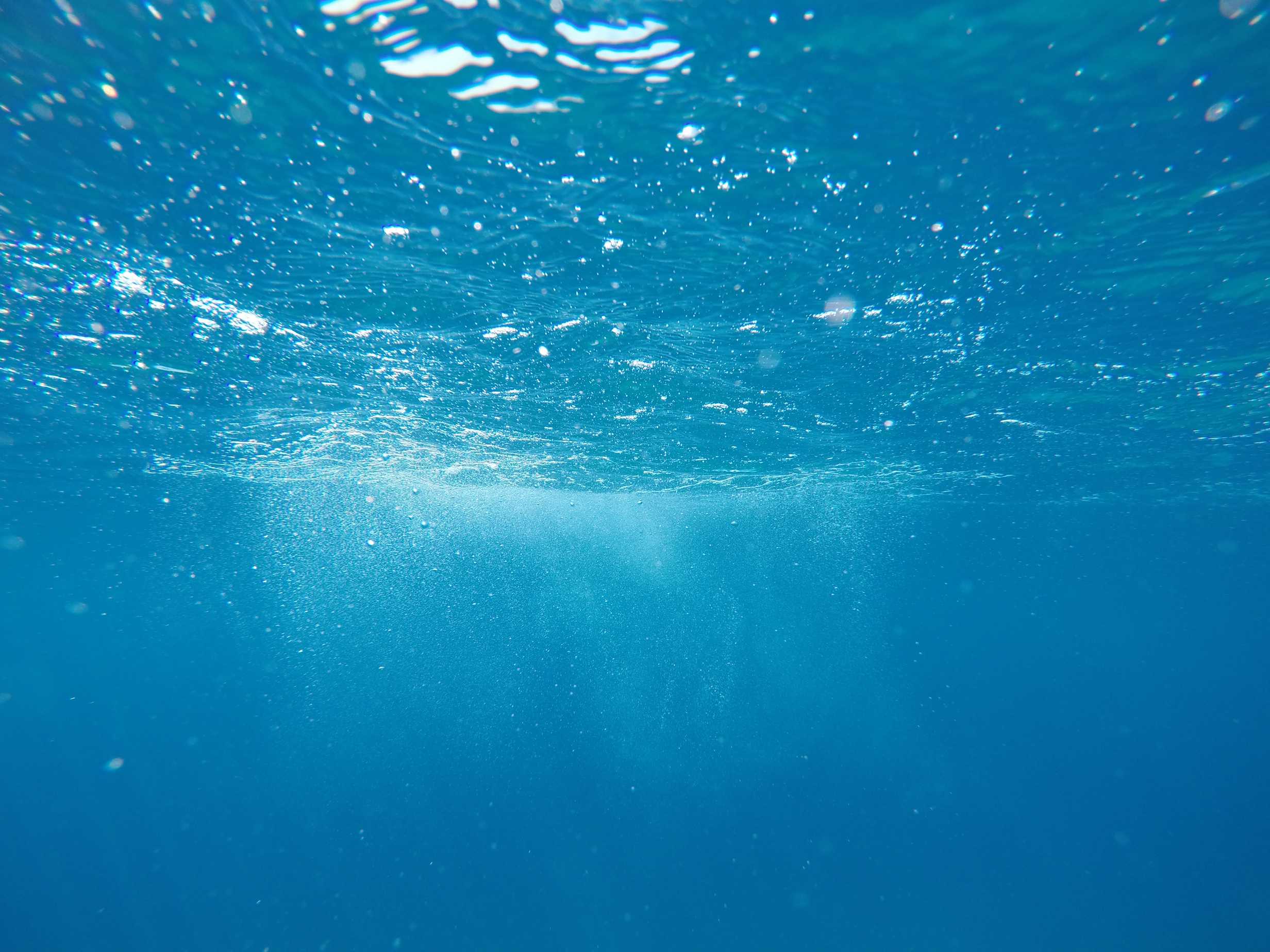What is a MUD?
Harris County Municipal Utility District No. 286 (MUD 286) is a political subdivision of the State of Texas, serving all residents of the Lakewood Crossing Subdivisions (Section 1 and Section 2-5), the commercial properties on the HP complex, Lonestar College and Chasewood complex fronting highway 249. A Municipal Utility district (“MUD”), a taxing jurisdiction formed by the Texas legislature, enables development of outlying areas via municipal bonds without dependence upon local cities for funding. MUD 286 operates pursuant to chapters 49 and 54 of the Texas Water Code and has the power to purchase, construct, operate and maintain all facilities, plants and improvements necessary to supply and distribute water to its customers, collect and treat wastewater, and also control and manage storm water within the boundaries of the District. MUD 286 is subject to oversight by the Texas Commision on Environmental Quality (“TCEQ”).
How big is the District?
MUD 286 contains 454 acres of land and currently has 266 single family connections.
How does a MUD work?
MUDs are made up of a five (5) member Board of Directors who are elected by the residents of the District. Should a position be vacated, Directors usually appoint an individual to serve the unexpired term of the departed Director. On an every-other-year basis, a Directors election is held. At that time qualified candidates from the district may also run for the Board.
As a MUD is a governmental entity, elections are conducted in accordance with state laws and voters must be registered voters in the District in order to vote in the elections. It is the responsibility of the Board to manage the finances, legal requirements, regulatory mandates, and day-to-day operations of the water and sewer plants of the District. They do so by hiring professional engineers, lawyers, operators, and financial advisors to ensure the MUD is operated within the parameters of its permits and in accordance with applicable law and regulatory requirements.
Where does our water come from?
MUD 286 has two wells that provide underground water to its customers. Well #1 is located at 11318 Park River Drive and Well #2 is located at 11555 Compaq Center West Dr.
This District is a member of the North Harris County Regional Water Authority (“The Authority”), which was mandated to convert to 20% surface water in 2010. The Harris-Galveston Subsidence District mandated the conversion, and residents farthest from the delivery system will probably remain on well water, while those, like MUD 286, near the infrastructure of the Authority, receive surface water.
The District has been receiving surface water from the Authority, who purchases the water from the City of Houston. Prior to this, the District converted from a chlorinated to a chloraminated disinfection system, adding ammonia to chlorine bleach to achieve chloramination.
MUD 286 has joined with Cypress Creek Flood Control Coalition, https://ccfcc.org/, in order to promote flood mitigation efforts in the Cypress Creek watershed. Flood mitigation efforts require governmental and private entities working together to achieve a common goal. MUD 286 supports the efforts of CCFCC.
Why do we pay MUD taxes?
MUDs are a taxing jurisdiction, like a city, legislatively empowered to use municipal bonds to fund their expensive infrastructure and growth and development. The District must set a sufficient tax rate each year to pay the debt service on those bonds and to fund other operational expenses of the District.
The MUD uses its tax revenue to offset debt incurred by development of the District. Though not a requirement, developers are typically reimbursed for a certain percentage of their approved costs. MUD 286 has historically not reimbursed a developer until its project has enough taxable value on the ground to offset the reimbursement costs. As MUDs are not legally required to reimburse such costs, developers are highly motivated to provide a quality project, and must complete a substantial portion in order to be reimbursed any money.
Water and sewer revenues, along with any maintenance tax levied by MUD 286, manage the cost to produce and distribute water and to collect and treat sewage.
Where do drainage and sewage go?
Sewer lines connecting customers to the wastewater treatment plant transport the sewage for treatment. Treatment standards are strictly maintained and monitored by the TCEQ.
